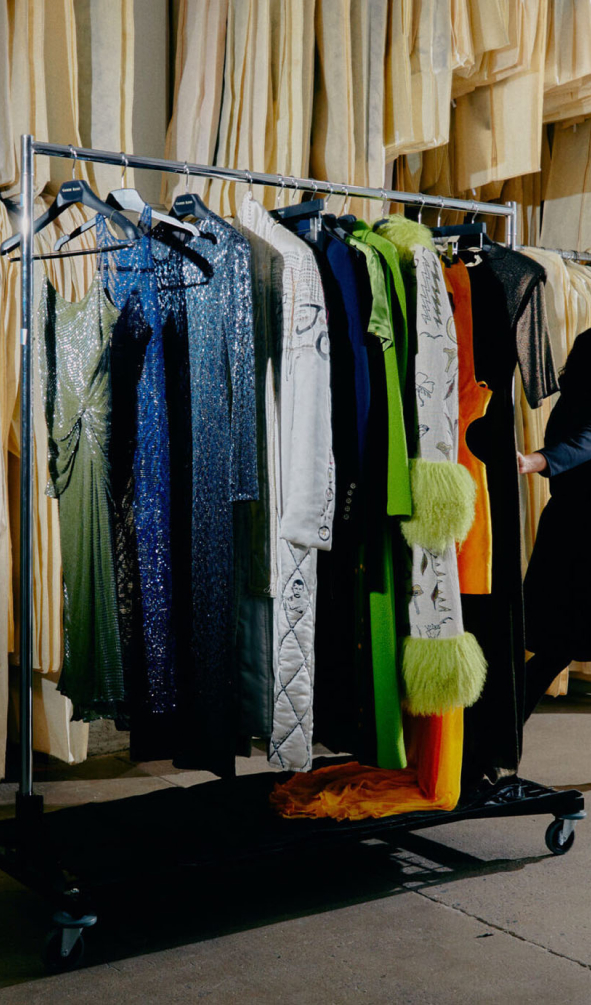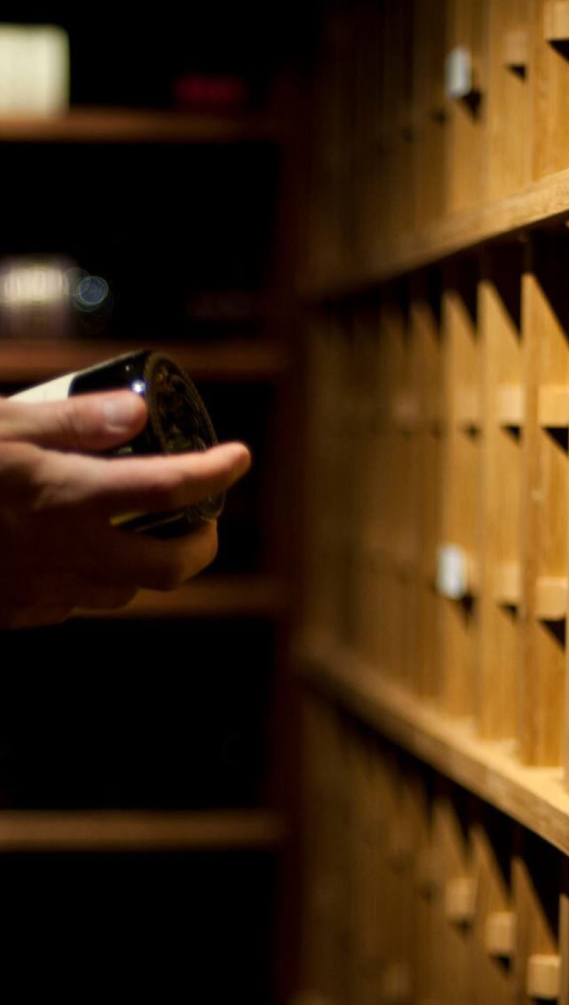
According to a fall 2024 Art Market Update, expert confidence in the U.S. art market reached a three-year high by February 2025. Over half of those surveyed expect modern and contemporary art to grow in value in the coming year. These predictions show strong demand and a growing need to protect valuable collections.
Conservation-grade packing and crating play a key role in that protection. Whether you’re storing, shipping, or lending an artwork, this method keeps your pieces safe. It ensures proper care every step of the way, as discussed below:
Prevents Irreversible Damage During Transit
Art is delicate and reacts to motion, shock, and pressure. Even short moves can cause serious damage if an item is not packed well. Conservation-grade packing absorbs these risks to protect your artwork.
A small bump or vibration can lead to cracks, tears, or scratches. These issues are hard to fix and often lower the value of the piece. They thus make professional packing and crating worth the investment.
Trained handlers use soft, stable materials to cushion each object. The goal is to keep the item still, supported, and safe from impact. It’s especially important for safe art transportation.
Guards Against Environmental Hazards
Changes in the environment can harm art in many ways. Humidity, light, dust, and temperature shifts can lead to slow but serious damage. Conservation-grade packing protects against all these threats.
The materials used create a barrier around the artwork. This helps block moisture, dirt, and even UV light. Airborne pollutants and gases are also kept away from the surface of the object.
Conservation also considers the materials used in the packing itself. Today, many professionals choose safe and eco-friendly materials. Such an approach helps protect both the environment and the artwork.
Customized Protection for Each Piece
No two artworks are the same. The medium, size, age, and shape all affect how a piece should be packed. As such, expert packing methods are customized for each item.
A bronze sculpture may need firm support, while a canvas might require soft padding and climate control. These details help experts build the right packing system for the object. Every layer is chosen with care.
The tailored approach lowers the risk of damage during handling or movement. It also shows respect for the piece and its unique characteristics. With custom packing, you can be assured that each item receives the care it needs.
Supports Long-Term Preservation
Packing plays a key role in long-term preservation. The right materials help maintain the condition of artworks over time, not just during a move. Conservation-grade packing is designed with this extended protection in mind.
These materials are acid-free, pH-neutral, and safe to use on delicate surfaces. They help stop fading, yellowing, and bending caused by light, moisture, or poor conservation art handling. This kind of care is important for both old and new pieces.
Preventive conservation involves taking the right steps to protect art before any damage happens. The process includes controlling the environment, choosing safe materials, and using custom packing. Every part of conservation-grade packing, like padding and climate control, helps keep the artwork in good condition.
Reduces Insurance Risks and Claims
Good packing protects the item and lowers financial risk. Damage from poor packing often results in costly insurance claims, which can be avoided with conservation-grade methods. These techniques help ensure the item arrives safely and in proper condition.
Many insurers prefer or even require expert packing for high-value pieces. It demonstrates that the object was handled with care and according to industry standards. Here’s how conservation-grade packing supports insurance protection:
- It lowers the risk of damage during shipping and storage
- It meets the packing rules set by most insurance providers
- It supports accurate condition reporting and recordkeeping
- It limits your legal and financial responsibility in case of damage
All in all, this level of care provides peace of mind. It can lead to smoother claim processes and may even help reduce insurance costs. For collectors and institutions alike, it’s a smart and necessary step.
Essential for Museum and Gallery Standards
Museums and galleries have strict rules for handling valuable pieces. Most institutions require that artwork be packed using conservation-grade methods. If these rules aren’t followed, they may not accept the item.
Proper packing also meets insurance and loan requirements. These standards protect the institution, the owner, and the artwork itself. They ensure everyone involved takes the same level of care.
Using approved materials and expert techniques shows professionalism. It also helps build trust with curators and collectors. Meeting these standards can open doors to more opportunities and exhibitions.
Many institutions also require detailed documentation of how an item was packed. The documentation includes material types, packing procedures, and handling instructions. Accurate records support transparency and accountability throughout the exhibition process.
Expertise Adds an Extra Layer of Security
Even the best materials don’t help much without the right hands. Trained art handlers know how to pack each piece safely and correctly. They understand how to protect delicate edges, surfaces, and frames.
These experts know which materials to use and where to use them. They can choose between soft foam, strong boards, or floating systems, depending on the object.
Here are a few art preservation techniques used by conservation-trained professionals:
- Crates with custom bracing to stop items from shifting
- Shock-absorbing padding for fragile or hollow pieces
- Microclimates created within the packaging for sensitive materials
- Suspension systems to hold irregular or heavy shapes
These techniques help with protecting valuable artwork during transport and storage. Expert packing lowers the risk of damage by ensuring each item is secured correctly. It also prevents common mistakes that can occur with fragile or high-value pieces.
Upgrade Your Collection Care with Expert Packing and Crating
Packing and crating are an essential part of caring for your collection. It helps avoid damage, protects value, and ensures your pieces last for years to come. Whether in storage, transit, or on display, the right packing makes all the difference.
At UOVO, we know how important it is to care for fine art, fashion, wine, and rare items. Our best-in-class services use conservation-grade methods to protect each piece with expert care and the safest materials. We’re here to help you keep your collection safe with trusted, professional service.




